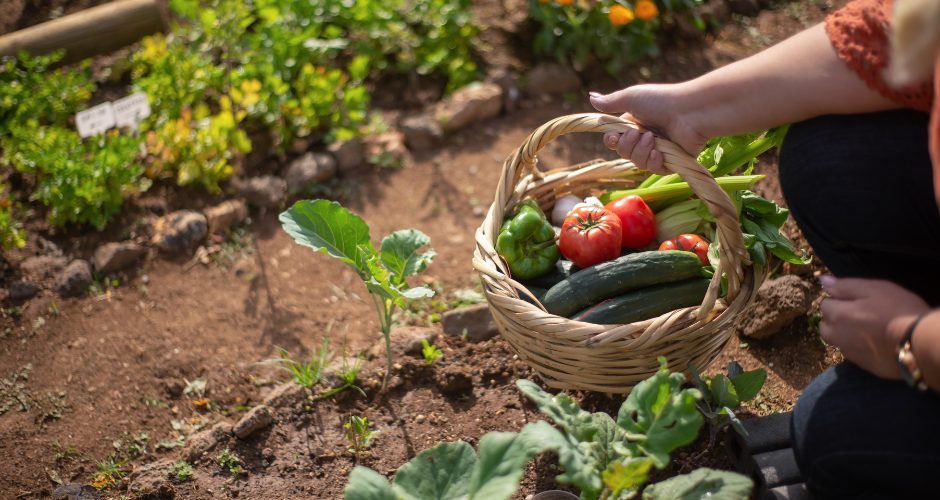With the May long weekend ushering in the unofficial start of summer, there’s no better time to start a vegetable garden. Not only can growing your own vegetables help reduce your grocery bill, but it’s also a rewarding way to enjoy fresh, homegrown produce right at your doorstep. If you’re new to gardening, here’s a simple guide to help you get started and set yourself up for success.
Choose the Right Location
- Vegetables thrive in sunlight, so pick a spot that gets at least 6 to 8 hours of direct sun each day. Fruiting crops like tomatoes and peppers especially need lots of light, while leafy greens can tolerate a bit less.
- Shelter your garden from strong winds to prevent seedlings from breaking and drying out.
Prepare Your Soil
- Healthy, rich soil is the foundation of a productive vegetable garden. Mix in plenty of organic matter such as compost or well-rotted manure to boost fertility and drainage.
- For container gardens, invest in high-quality potting soil to ensure good drainage and nutrient content.
- If your soil is heavy clay or too sandy, amend it with organic materials to improve its texture and water retention.
Pick What to Grow
- Focus on vegetables your household enjoys eating. There’s no sense in growing crops that will go to waste.
- Stagger your plantings every couple of weeks to keep your harvest coming and avoid being overwhelmed by a single crop all at once.
- Consider growing produce that’s expensive or hard to find at your local store, such as specialty herbs.
- Some of the easiest vegetables for beginners include lettuce, beans, tomatoes, peppers, peas, cucumbers, kale, and radishes.
Planting Tips
- Use the best quality seeds or transplants you can find for strong, healthy plants.
- Pay attention to planting depths and spacing-crowding can lead to disease and poor growth.
- Support taller plants like tomatoes and pole beans with stakes or trellises.
Care and Maintenance
- Mulch your garden with straw, shredded leaves, or grass clippings to retain moisture and suppress weeds.
- Water regularly, especially during dry spells, aiming for about 1–2 inches per week for most crops.
- Weed early and often to prevent competition for nutrients and water.
- Mix in flowers like marigolds, sweet alyssum, or zinnias to attract pollinators and beneficial insects, and to deter pests.
Container Gardening
- If space is limited, many vegetables and herbs thrive in containers. Use buckets or pots with drainage holes and quality soil.
- Move containers as needed to chase the sun or provide afternoon shade during heatwaves.
Harvest and Enjoy
- Harvest regularly to encourage more production and enjoy your veggies at their peak.
- Make notes about what worked well and what you’d like to try next year to continuously improve your gardening skills.
Final Thoughts on Starting Your Own Garden This Spring and Summer
Starting a veggie garden is a fantastic way to connect with your food, enjoy the outdoors, and add value to your home. Whether you’re working with multiple acres, a backyard plot, or a sunny balcony, these tips will help you grow a bountiful harvest all season long.
If you find yourself dreaming of a bigger backyard or more outdoor space to expand your gardening ambitions, I’m here to help! Contact me today to start your search for a home with the perfect garden space. Let’s find you a property where you can truly dig in and watch your gardening dreams grow!
Happy gardening!
Looking to buy, sell, or invest? As your REALTOR®, I’ll guide you every step of the way. Contact me today to schedule a free consultation and let’s turn your real estate dreams into reality!
For more information, contact:
Susan Moffat, REALTOR® with Century 21 In-Studio Realty Inc., Brokerage
519.377.5154
susan.moffat@c21.ca

 Facebook
Facebook
 X
X
 Pinterest
Pinterest
 Copy Link
Copy Link

